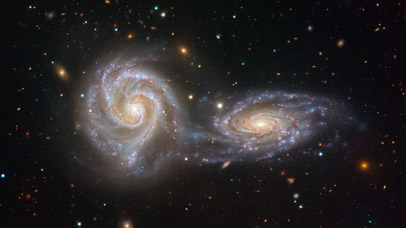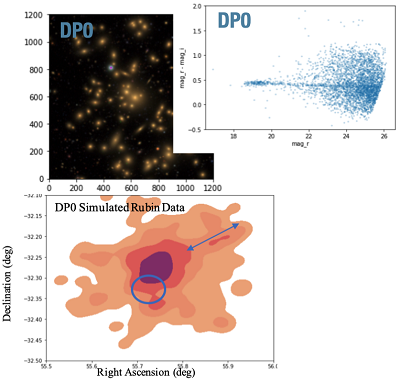JILA Auditorium
From Rocks to Rockets
Abstract: Watkins will share highlights from her recent 170 days of living and
working aboard the International Space Station, her path to space, and
her perspective on the role of geology in space exploration.
TBA
Physical vs. Data-Driven Approaches in the Era of Multi-Wavelength Astronomical Surveys
Abstract: We are entering the golden age of multi-wavelength astronomical surveys. In the 2020s, a plethora of multi-band surveys (such as Rubin-LSST, DESI, Simons Observatory, CMB-S4, and eROSITA, to name a few) are underway or planned to provide unprecedented insights into the cosmic structure formation and the fundamental physics of the cosmos. One of the key challenges of this cosmic frontier lies in understanding the halo-galaxy-gas connection and the roles of still poorly understood galaxy formation physics and its impact on cosmology.
Transforming our understanding of galaxy formation with the power of JWST and ALMA





